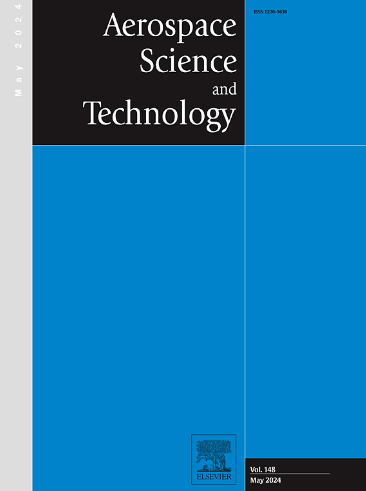Vibration performance of a sandwich beam with corrugated core in a broad frequency range using dynamic equivalent method
Abstract
The corrugated sandwich structure has been widely used in the field of engineering due to its excellent static and dynamic performance. However, current research on its vibration behavior mainly focuses on low-frequency regimes, limiting its applicability in extreme environments. To address this deficiency, a theoretical model based on the dynamic equivalent method (DEM) is developed to study the vibration performance of corrugated sandwich structure in a broad frequency range. The wave finite element method (WFEM) is used to solve the dispersion relation between frequency and wavenumber of the unit cell of the periodic corrugated sandwich structure. A modified Timoshenko beam model is constructed to calculated the dynamic equivalent parameters by matching the propagation and evanescent bending wave numbers of the corrugated sandwich beam. The vibration differential equation of the corrugated sandwich structure is established using the dynamic equivalent parameters. The analytical solution for the vibration response of the corrugated sandwich beam is obtained by solving the differential equation established using Laplace transformation, and the analytical results are compared with finite element method (FEM). The results reveal that the method presented in this paper is highly accurate compared with static equivalent method (SEM) and could be confidently used as a reference for further study of corrugated sandwich structure.

 求助内容:
求助内容: 应助结果提醒方式:
应助结果提醒方式:


